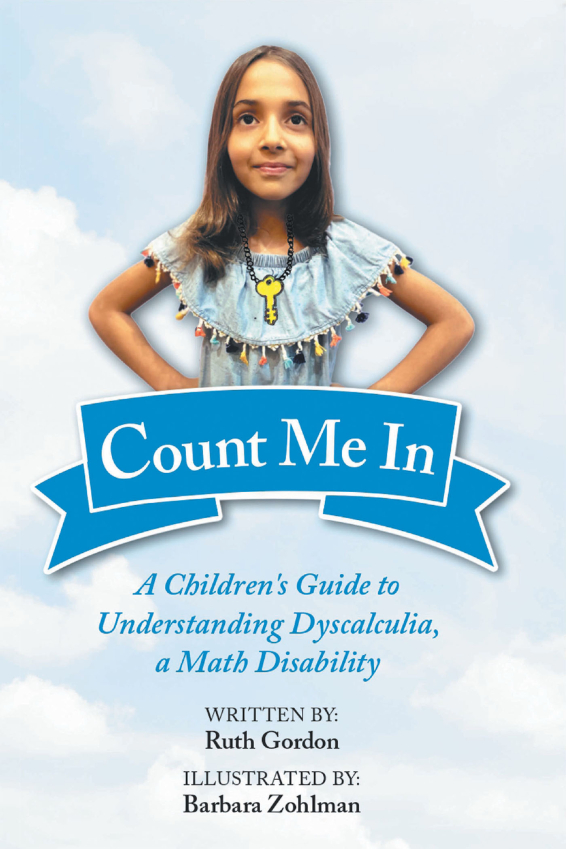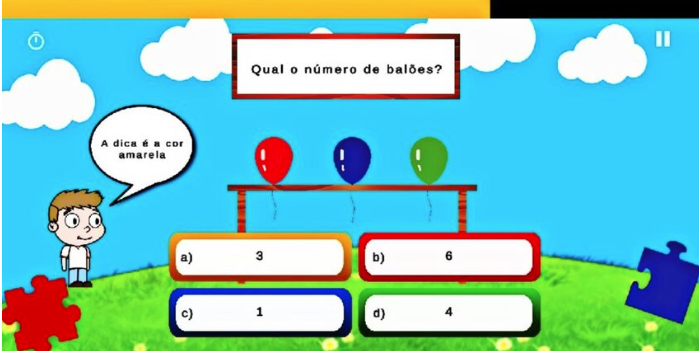While playing a geometry game, have you ever come across a trapezoid? Here in the universe of trapezoids, math and reality collide, four-sided geometric shapes called trapezoids have just one set of parallel sides. Trapezoids are ubiquitous in the actual world, from the homes we live in to the vehicles we drive, despite the fact that they may appear to be simply another form on a piece of paper.
The trapezium is one of the most adaptable forms in our universe, and because of its special qualities, it is a necessary part of our daily life. So grab a seat and get ready to study some amazing real-world trapezium instances that will change the way you perceive the world!
From architecture to athletics: Creative real-life examples of trapezoids
1. The roof of a house or building often has a trapezoidal shape:
Trapezoidal roofs are a popular choice in modern architecture due to their sleek and contemporary design. The shape of the roof is often dictated by the angle of the sun, so trapezoidal roofs are a practical solution for maximizing natural light and energy efficiency. The angle of the trapezoid can also provide additional living space in the form of an attic or loft.
2. The shape of a skateboard ramp is often trapezoidal:

Trapezoidal skate ramps can vary in size and shape, but the principle remains the same – the sides of the ramp are angled in such a way as to provide a smooth transition for the skateboarder to perform tricks and jumps. The trapezoidal design allows the skater to build up speed and momentum, making it an essential feature for any skate park.
3. The shape of a stage or podium is often trapezoidal:

Trapezoidal stages and podiums are commonly used in theater productions and public speaking events. The trapezoidal shape allows performers to move around more freely and engage with the audience from different angles. The stage or podium can also be adjusted to suit the size and layout of the venue.
4. The windows on the sides of buildings are often trapezoidal in shape:
Trapezoidal windows are an increasingly popular design choice in modern architecture. The shape of the window can add a dynamic and striking visual element to the building’s facade, while also providing more natural light and ventilation. Trapezoidal windows are often used in buildings with unconventional shapes, such as the Gherkin in London or the Flatiron Building in New York City.
5. Some musical instruments, like the xylophone or marimba, have trapezoidal bars:

The trapezoidal shape of the bars on these instruments is essential for creating a distinct and clear tone. The bars are arranged in order of pitch, with the wider end of the trapezoid producing a lower note and the narrower end producing a higher note. The xylophone and marimba are commonly used in orchestras and percussion ensembles.
6. Many bookshelves have trapezoidal sides or backs:

Trapezoidal bookshelves can be a practical solution for maximizing space in smaller rooms. The sides or backs of the bookshelf can be angled to fit into a corner or alcove, providing more efficient use of space. Trapezoidal bookshelves can also be customized to suit the size and style of the room.
7. Many swimming pools have trapezoidal shapes:
Trapezoidal swimming pools are a popular choice for residential and commercial properties. The shape of the pool can be customized to suit the size and layout of the property, while also providing more room for swimmers to move around. Trapezoidal pools can also be designed to include features such as waterfalls, slides, and jacuzzis.
8. The shape of some bridges, like the Golden Gate Bridge in San Francisco, is trapezoidal:

The trapezoidal shape of the bridge’s towers allows for greater stability and support. The shape also creates a visually striking and iconic silhouette, making it a popular landmark and tourist attraction.
9. The shape of car windows, is trapezoidal:

The trapezoidal shape of the window can enhance the aerodynamics of the car, reducing wind resistance and improving fuel efficiency. The shape can also provide a wider field of vision for the driver, making it easier to see behind the car.
10. The shape of some cardboard boxes used for shipping is trapezoidal:

Trapezoidal boxes can be more efficient for stacking and storing, as they can be nested together without leaving gaps. The shape can also provide additional support for the contents of the box, reducing the risk of damage during transit.
11. The shape of some geometric sculptures and art installations is trapezoidal:
Trapezoidal shapes can create a sense of movement and energy in artwork, and the shape can be used to create a visually striking and dynamic piece. Trapezoidal sculptures can be found in public spaces, galleries, and museums such as London Mastaba.
12. The shape of some mirrors, like those used in dressing rooms or for dance practice, is trapezoidal:

The trapezoidal shape of the mirror can provide a full-length reflection while also fitting into a smaller space. The angled sides of the mirror can also create a more flattering reflection for the viewer.
13. Camping Tents:

Camping tents are often designed with a trapezoidal shape to maximize the amount of livable space while minimizing the weight and bulk of the tent. A trapezoid is a quadrilateral with only one pair of parallel sides.
The trapezoidal shape of a camping tent means that the two opposite sides of the tent are parallel, while the other two sides are non-parallel and taper towards the top. This shape provides the tent with a wider base for increased livable space, while the tapering sides help to reduce the overall weight and bulk of the tent.
14. A trapezoid chair back:

It refers to a chair backrest that has a trapezoidal shape. A trapezoid is a quadrilateral with two parallel sides, which means that a trapezoid chair back has two sides that are parallel to each other, while the other two sides are not parallel. The trapezoid shape of the chair back can provide ergonomic benefits by supporting the natural curve of the spine and allowing for a comfortable seating position. Additionally, the shape can add a unique and modern design element to the chair.
15. Trapezoid cream/shampoo bottles:

They can be made from a variety of materials such as plastic, glass or metal. They are commonly used in the beauty industry to package and dispense creams, lotions, shampoos, and other personal care products.
The trapezoidal shape of the bottle can provide ergonomic benefits by allowing for easy handling and pouring of the product. Additionally, the unique shape can add a modern and aesthetically pleasing design element to the product, making it stand out on store shelves.
16. Trapezoid plateaus:

They can be found in a variety of environments, such as mountainous regions, deserts, and plateaus. They can be natural formations, created by geological processes, or man-made structures, built for a variety of purposes such as observation, recreation, or transportation.
In mountainous regions, trapezoid plateaus can offer a flat and stable surface for hiking, camping, or other outdoor activities. They can also be used as vantage points for observing the surrounding landscape.
How to teach about trapezoids to the kids
Teaching kids about trapezoids can be a fun and engaging experience. Here are some tips and ideas on how to teach about trapezoids:
1. Introduce the idea: Begin by describing the trapezium to the children and outlining how it differs from other forms they may be familiar with. To make the topic simple to comprehend, use straightforward language and precise illustrations.
2. Make use of visual aids: Diagrams and images can benefit children in better understanding the geometry of a trapezium. Ask the children to point out the parallel sides of the trapezoids you’ve drawn on the board. To demonstrate the topic to the children, you may also utilise interactive whiteboards or iPads.
3. Practical exercises: Children frequently retain information better when they are actively involved in the learning process. Give kids practical exercises like using straws or blocks to make trapezoids. To determine the parallel sides and the length of each side, ask them. This can aid in their comprehension of the idea and operation of a trapezium.
4. Real-life examples: Show the kids real-life examples of trapezoids, like the shape of a bridge, a car window, or a cardboard box. This can help them relate the concept to the world around them and see the practical applications of the shape. Real-life examples of geometry, geometrical objects and angles can be especially helpful for students, who wish to relate with the reality to grasp the concept better.
5. Practice problems: Provide the kids with practice problems to solve. Start with simple problems and gradually increase the difficulty level. You can create worksheets or use online resources to provide them with practice problems. Encourage them to use the knowledge they have gained to solve the problems.
6. Games: Games are a fun way to engage kids in the learning process. Engage the kids in fun games like trapezoid bingo, trapezoid matching, or trapezoid puzzles. These games can help the kids practice identifying and solving problems related to trapezoids in a fun and engaging way. Moreover, there are a number of games and activities to teach the kids about various shapes.
7. Assessment: Finally, assess the kids’ understanding of trapezoids by giving them a quiz or a test. This can help you identify areas where the kids need more practice and provide targeted feedback. Use the assessment to adjust your teaching methods and help the kids improve their understanding of trapezoids.
Conclusion
As a result, explaining the topic, utilising visual aids, offering hands-on activities, providing real-world examples, providing practice problems, engaging in enjoyable games, and evaluating their comprehension are all excellent ways to educate youngsters about trapezoids. These techniques can help children comprehend the idea of a trapezium, its characteristics, and its uses. Additionally, it can help kids learn more effectively and enjoyably. They can so get a deeper comprehension of the topic and become better equipped to understand future mathematical ideas.




